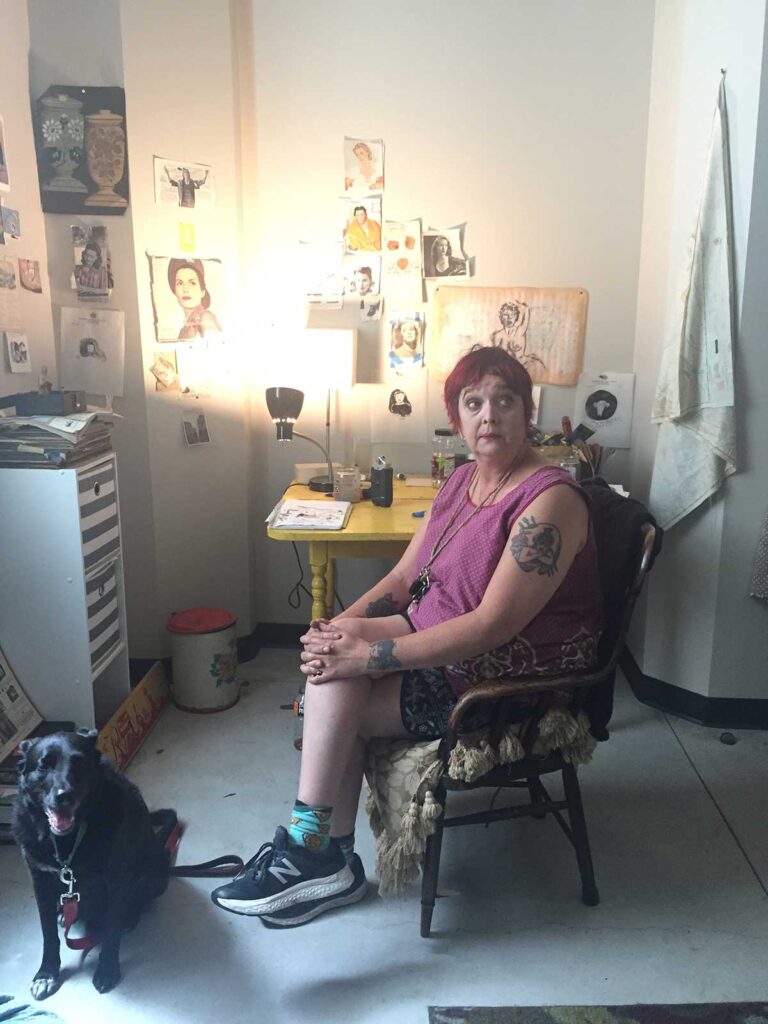Comfort and Memory: Artist Kit Keith and the Oral History Process
M L Mutrux
Advisor: Dr. Ann Reynolds
Abstract
This paper explores the career of St. Louis based self-taught artist Kit Keith and the development of my personal relationship with the artist through the interview process. My project originally attempted to dive into the history of self-taught artists working with found objects in the U.S., but ultimately found its focus on Kit Keith because of my pre-existing relationship with her as a family friend who I’ve known since childhood. While telling Keith’s story and exploring her art, I analyze my use of an oral history methodology. The paper is broken into four parts, following four days of in-person interviews (two in September 2019, two in January 2020). Part 1 opens with our first day of official interviewing and explores Keith’s childhood spent performing in a circus troupe, her diagnosis with bi-polar disorder and her move from Sarasota, Florida to St. Louis, Missouri. Part 2 analyzes our second day of interviewing and takes the reader into the 1990s, when Keith developed a signature style and began to have professional success in New York City. Part 3 jumps to January 2020 and my return to St. Louis to interview Keith, following her story into the 21st century when filmmaker Annette Apitz began work on The Comfort of Memory, a short documentary about Keith’s life and her show Women of the World. Part 4 focuses on Keith’s permanent return to St. Louis in the late ‘00s and several major events in her career around 2013, including her inclusion in the New York Armory Show, her award for Best Local Artist in St. Louis, and the screening of The Comfort of Memory at the St. Louis Film Festival. Throughout each of these sections, I expound on the changing dynamic of our conversations as we ventured out of the range of an impersonal, art historical narrative and analysis. Ultimately, the project attempts to demonstrate how the personal relationship between interviewer and interviewee–preexisting or not–becomes inextricable from the process of recording oral history itself. It is a hopeful contribution to an expanding body of literature grappling with “human-centered oral history” and compassionate listening within interviews.
